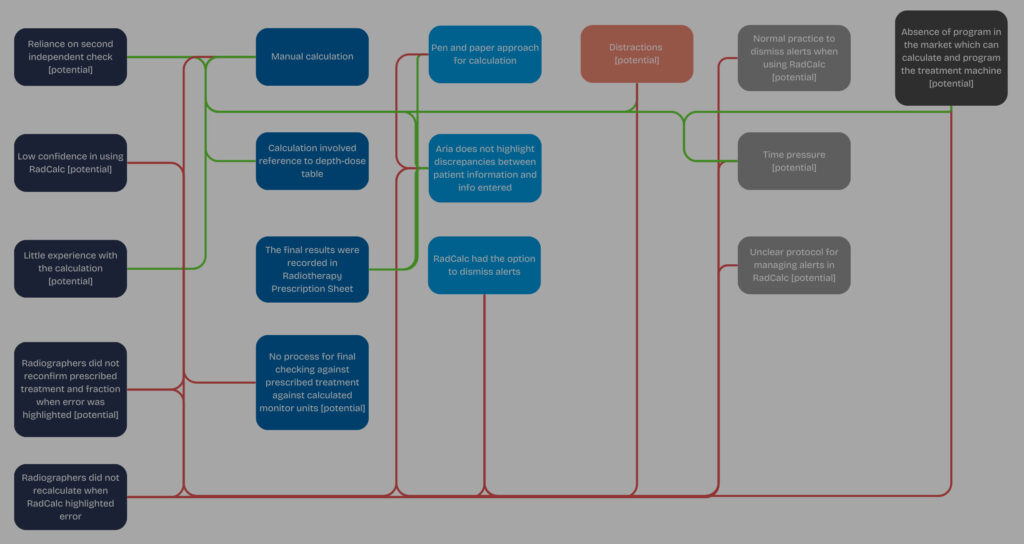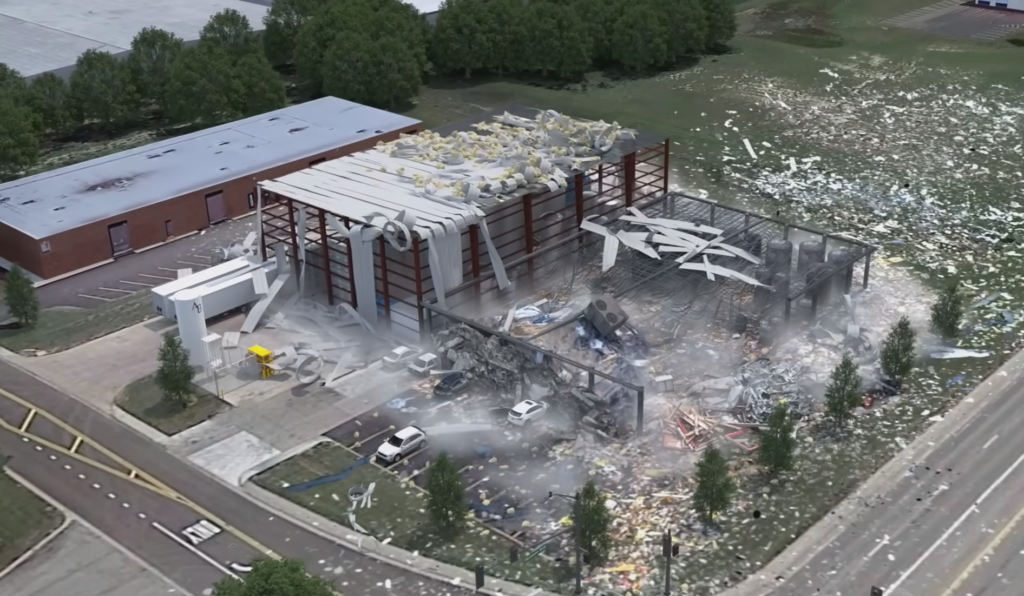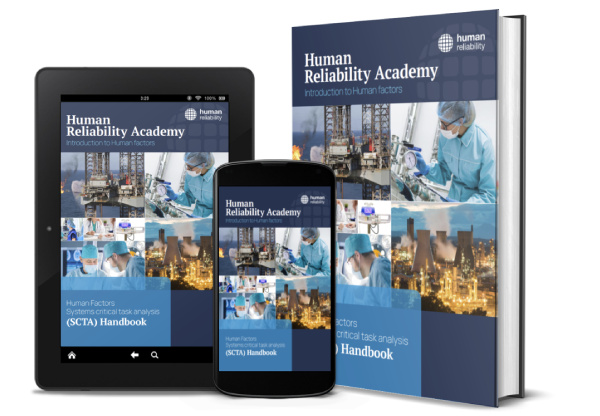Human Factors in Turnarounds: Key findings and lessons learned

Turnarounds are planned events where significant sections of a process plant are shut down to enable maintenance or projects to be carried out. Despite being planned events, they are inherently non-routine and resource intensive.
Using SEIPS to Understand and Improve Patient Safety

Lydea’s latest blog explores how the Systems Engineering Initiative for Patient Safety (SEIPS) framework help move human error beyond individual actions to systemic factors that contribute to such incidents.
The blog identifies key vulnerabilities and explores potential opportunities for improvement to enhance patient safety.
Checking, checks, second checks, double checks and independent checks

In this deep dive, we explore the critical role of checking in detecting and correcting errors, especially in safety-critical industries.
Human Factors Regulations in Singapore: A comparison with the UK

In 2017, Singapore introduced the Safety Case Regime under the Workplace Safety and Health (Major Hazards Installations) Regulations, marking a pivotal step toward strengthening safety at facilities handling hazardous substances. This approach aligns closely with the UK’s HF Delivery Guide under the Control of Major Accident Hazards (COMAH) Regulations.
Human Performance Guidance for Pharmaceutical Manufacturing: A Regulatory Innovation?

In the pharmaceutical sector, human error isn’t just a “mistake”—it can affect patient safety, production and quality.
Human Factors for Biological Containment Labs

Biological containment labs handle some of the most dangerous pathogens, yet human error remains a critical risk factor in their operations.
Incident Investigation: Swimlanes & Sequentially Timed Events Plotting (STEP)

Lydea’s latest blog uncovers Swimlane diagrams as a powerful tool for incident investigation. Featuring a detailed case study on the AB Specialty Silicones explosion in 2019, learn how this tool can map out complex processes, identify latent conditions and active failures, and enhance your understanding of critical events.
CAPA Culture and systems: Organisational learning in pharmaceutical manufacture

At HRA, we have found that reporting culture isn’t quite as healthy as we might hope, both in healthcare and other industries.
SCTA Workflow: Where the rubber hits the Human Factors Roadmap

Following her last blog, Lydea shows how the SCTA process can be used as a way to implement the HF Roadmap in practice
In Praise of Positive PIFs (Performance Influencing Factors) in Human Factors Risk Assessments

Performance Influencing Factors (PIFs) are factors that can increase or decrease the likelihood of human error occurring. Negative PIFs increase the likelihood of error; positive PIFs decrease the likelihood of error.













